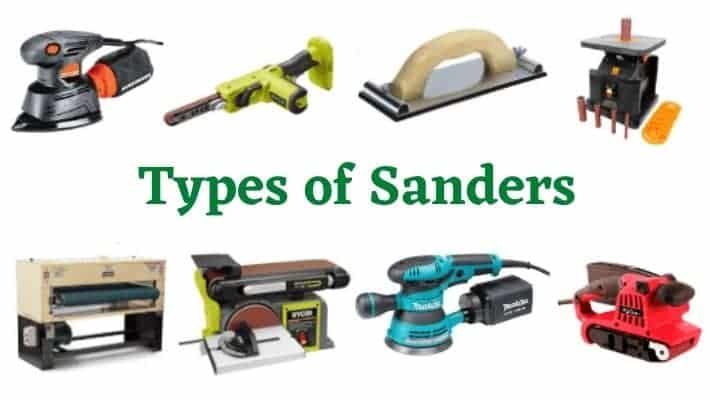Last Updated on March 31, 2024 by Sharaj
The sanders market is grossly saturated with various kinds of sanders. However, this can be somewhat hard to tell because this device has multiple nicknames. Here, we’ll be sharing 12 different types of sanders with you and what their function is.
You’d be surprised to find among our list of sanders some that you have used. Of course, there will also probably be others that you’ve never heard of.
Sanders is generally a woodworking tool and can be used for DIYs and other projects. They’re really handy for smoothening rough surfaces and you may also find them in metal or plastic workshops.
This tool can come in either a handheld form or a stationary form. Here are the 12 common types of sanders that we gathered.
12 Different Types of Sanders
Disc Sander
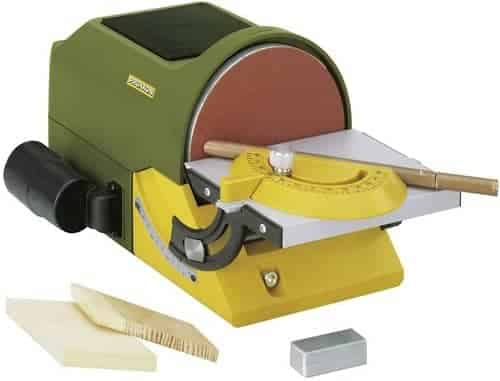
The disc sander is not your typical sander. Many people know it to be a power drill attachment, though it has a stationary version that is mounted on a table. The disc sander is circular shaped disc sandpaper that rotates when attached to a drill.
Most mounted disc sanders instead of having a disc have a wheel that will afford the machine a large surface area.
Handheld disc Sanders is great when it comes to smoothening large areas. This is because of the spinning ability of the disc. Meanwhile, the main strength of the table-mounted model is that it is versatile enough to be used on varying materials ranging from metal and plastic to wood.
Plus, their surface is often adjustable which is a feature that makes it easy for you to change the angles of your material while working.
Oscillating Spindle Sander
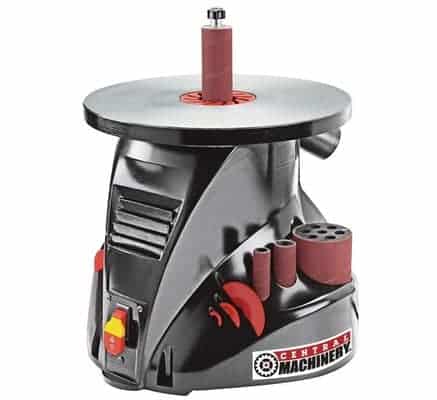
This sander is mounted because it has a sanding drum that shoots from a benchtop, the oscillating sander is obviously from the drum category. Note that while this sander works, the drum rises and descends on its spindle.
As such, it permits the wood surface to completely touch the drum. By doing this, the sander eliminates all grooves while also minimising any form of wear on the surface of the drum.
Spindle sanders come in different sizes. From floor machines that can stand alone and models that sit on the top of a bench to portable hand-held models, these sizes are sure to meet the needs of a variety of workers. The Floor versions are bigger and expensive.
They are therefore suitable for large commercial projects. The bench-top models and hand-held models are not as bulky as the floor models. This makes them a good option for DIYs and easy projects.
Primarily, an oscillating sander is used for finishing the edges of wood boards. Larger versions normally can angle the bench by as much as 45 degrees to design bevelled edges. Also, because of the vertical design of its drum, this tool often performs well on any curved surface that has been made by a band saw.
Drywall Sander
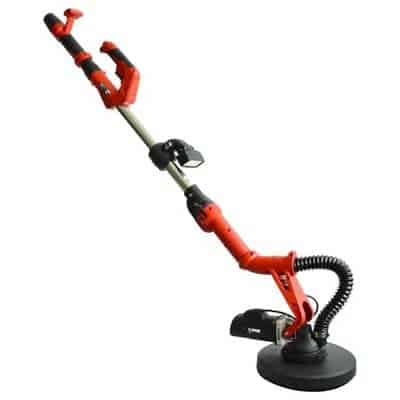
With the structure of a metal detector, drywall sanders are disc sanders attached onto a thin long rod. Some models come with a handle fitted close to the central piece in case close-up works need to be done.
There are also drywall sanders models that come with a sanding surface that is rectangular. Plus, many of these sanders feature a vacuum that can be used to collect particles of dust and dirt.
Drywall sander, like you, must already be suspecting, works well for smoothening the surfaces of drywall and also for getting rid of extra adhesive. Because of that extensive handle that it comes with, one can easily use it on ceilings or any other hard-to-reach surface area.
Detail Sander
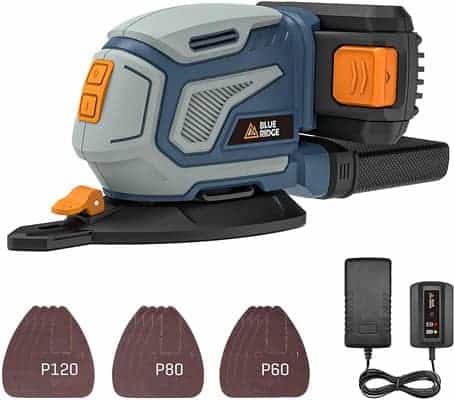
Detail Sanders has many other names: mouse sander, corner sander and triangle sander. This tool looks very similar to iron and has a sort of triangular pad that makes use of unique sandpapers that are self-adhesive. Being on the small side, detail sander sometimes has more than one attachments which will perform specialized jobs more precisely.
Also, because of its usual shape, this sander can access crevices that are impossible to reach with other regular sanders. This is possibly why people love to use it for any task ranging from going around tight spots to gaining access into corners. Detail sanders make a good instrument for doing crafty jobs or sanding odd shapes effectively.
File Sander
Otherwise known finger sander, a file sander is a thin, simple sander machine that can be powered by air or electricity. Being so narrow, it can squeeze into small spaces. Another of its strengths is that it performs jobs that require a lot of details excellently
Orbital Sander
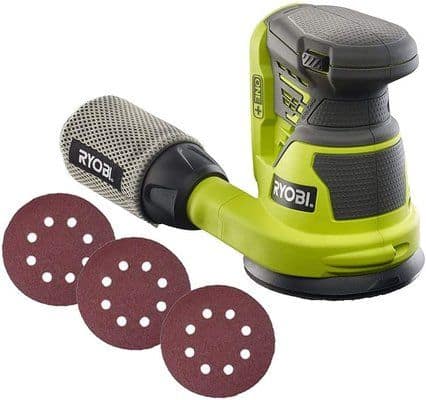
If you’re looking for a compact sander tool that you can manoeuvre with one hand, then the orbital sander is your guy. This device has been nicknamed “quarter-sheet sander” because it uses a quarter of a standard 9×11-inch sandpaper sheet, which you can cut by hand.
However, this sander provides very fine, smooth finished works which are why many would refer to it as a finishing tool. An orbital sander can do anything from creating a very smooth surface and removing putty to making sharp edges round.
This kind of sander has many other names like pad sander, finishing sander, circular sander, vibrating sander and sheet sander.
Though the fact that orbital sanders are easy to lift is a good thing, this feature coupled with the fact that it has gentle movement also means that can’t function when it comes to heavy removal undertakings. On the flip side, these features ensure that you’ll not easily damage any project you use this sander on.
Belt Sander
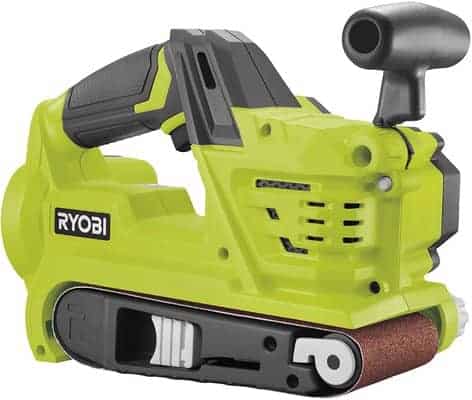
The belt sander is often considered a must-have in many modern workshops. As its name implies, this sander performs its function by wrapping a sanding belt round a couple of drums.
However, while the rear drum is motorized, the front one moves freely. Belt sanders are very useful when it comes to getting rid of the older finish on wood, including finishes like varnish and paint.
Another feature of this sander is that it has a tension releasing lever which makes it easy to quickly replace belts. In addition to this, most belt sander models come with an adjustment knob for tracking. This is just is to ensure the belt is centred.
You’ll find this sander in 4 popular sizes. The smallest size which is 3×18 inch is the simplest to use. As such, anyone who is only just learning can easily use it. Next is the 3×21-inch sized belt sander. This size, compared with the rest, offers a better balance. When you consider how speedy and powerful it is compared to the rest, then you’d see that it is the best.
The 3×24-inch sander size is not only difficult to control, but it also covers an expansive surface area. Plus, it is not as stable as the first two. As expected, the 4×24-inch sander is created for very experienced users, which is precisely why it is harder to use. One good thing, however, is that it can conveniently and quickly sand surfaces that are large and flat.
Belt Sanders are best used for furniture and wood related projects because of the kind of control and power that they have. If you ever find yourself using this kind of sander, make sure to go along with the grain so there won’t be any scratches.
Random Orbital Sander
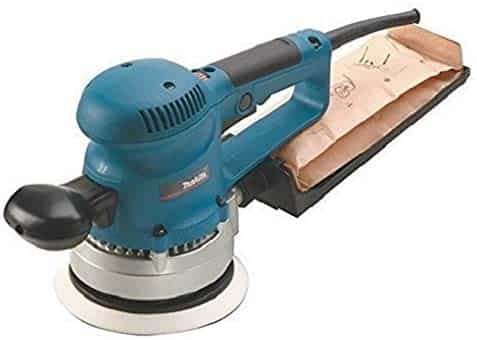
The random Orbital sander and the orbital sander look very similar. However, instead of having square pads, random orbital sanders come with round pads. Whenever the pad comes in contact with any hardpoints on the project surface, it’ll make sure to go around it by gradually working at it with tiny orbits.
One thing to note about this sander is that it is a vibrating tool. Nevertheless, it is a versatile sander and can do what a belt sander or orbital sander can do.
A random orbitary sander can perform stock removal functions as well as provide an excellent and smooth sanding, though not as efficiently as the belt and orbitary Sanders will do them. A random orbital sander will also help you during painting and headlight transparency restoration. Finally, people also call them dual action sanders.
Sanding Block
Sanding block does not require power to function at all. It is merely a sort of block to which sandpaper can be attached so that the sandpaper can easily be held and used. Sanding blocks can come in a variety of looks.
Their handle can look like that of a hand saw or may assume the form of a solid block. In some cases, the tool comes with a basic bar handle, and in others, all it has is an ergonomic palm rest.
You can categorize sanding block among the best Sanders that exists today. Though it has been around for a long time, it is easy to use and perfect for anything art and craft. You can easily use it when you need to do any wet sanding because no electricity is needed.
Table Sander
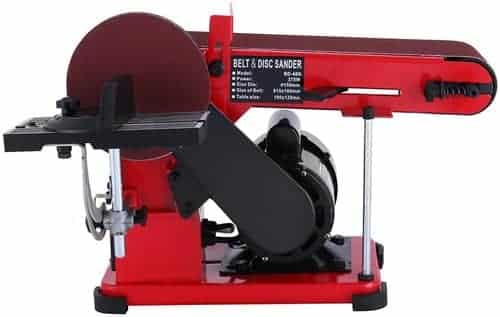
Table sanders are large and powerful. This is perhaps what makes them common in big woodworking shops and larger establishments like industrial factories.
The taut belt versions of table sanders are what the majority of people use. This does not, however, mean that some woodworking shops don’t use a slack belt table sander. On the contrary, some go for it because it offers more control.
When it’s time to do precision work, a table sander is what you should go for. This is because it offers high power. Slack belts sanders are common in guitar making shops. It can often be used to achieve a very smooth finish, especially when you use a smooth grit paper.
Floor Sanders
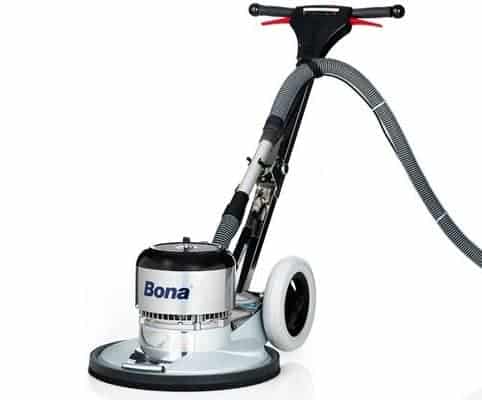
Floor Sanders include a wide range of Sanders. However, what sets them apart, beyond the fact that they’re very large in size, is that they are very effective for projects that involve prepping and stripping floors. They also do a good job of sanding concrete floors. The two types of floor sanders that exist are the edgers and the drums.
- Drum Floor Sander
Drum Sanders are very powerful. The floor version of drum sanders is not only powerful but also weighty. This also means that it cannot be easily transported since at least two people must be in involved in moving it.
What’s more, if you’re not careful enough, you can easily lose control of this machine and ruin your floors. That said, drum sanders perform different tasks well whether it be removing adhesives, or removing paint, and any other substance that is not needed anymore.
- Edging Floor Sander
As a heavy-duty sander, this type of floor sander machine can easily do floor refinishing. Being a disc sander, it is also great for reaching heights that a drum floor sander cannot get to.
For example, stair surfaces and edges of the floors are areas your edging sander will easily hell you reach. This tool should, however, also be used cautiously. It is very powerful and can easily damage something if not handled properly.
Choosing Your Sander
Now that you know the different types that exist, choosing one that is best for you may not be easy to do. If you’re feeling confused, there are tips below that will help you make a choice.
Palm Sander or Orbital Sander
There are so many similarities between these two Sanders just as there are differences as well. Though the random orbital sander does not vibrate much, you need to have acquired some levels of skill to be able to use it.
However, it is extremely versatile and can thus perform more tasks than Palm Sanders can. The random sander is what you’ll want to consider first if you only have the budget for one sander.
Belt Sander or Orbital Sander
In this case, a belt sander may be the best choice for you. Belt Sanders and orbital sanders are very different both in terms of how they look and in terms of the tasks they perform. A belt sander is better because it is much easier to use it to finish up a project.

